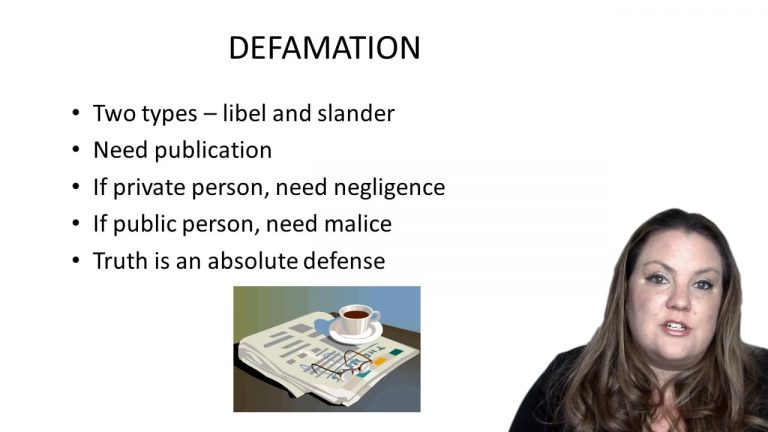Torts Keyed to Epstein
New York Times Co. v. Sullivan

ProfessorMelissa A. Hale
CaseCast™ – "What you need to know"
Facts
The Respondent was one of three elected Commissioners of Montgomery, Alabama. His duties included supervision of the police department. The Respondent brought suit against the Petitioner, alleging that he was libeled by statements made in a full-page advertisement carried by the Petitioner. The advertisement included allegations that armed police in Montgomery surrounded the State Capitol when students gathered there to protest and that Dr. Martin Luther King has repeatedly been harassed by police in the south. The Plaintiff was not mentioned by name, but claimed that the statements attributed misconduct to him as supervisor of the Montgomery Police Department. A jury at Circuit Court awarded respondent damages of $500,000 and the Supreme Court of Alabama affirmed.
Only StudyBuddy Pro offers the complete Case Brief Anatomy*
Access the most important case brief elements for optimal case understanding.
*Case Brief Anatomy includes: Brief Prologue, Complete Case Brief, Brief Epilogue
- The Brief Prologue provides necessary case brief introductory information and includes:
Topic:
Identifies the topic of law and where this case fits within your course outline.Parties:
Identifies the cast of characters involved in the case.Procedural Posture & History:
Shares the case history with how lower courts have ruled on the matter.Case Key Terms, Acts, Doctrines, etc.:
A case specific Legal Term Dictionary.Case Doctrines, Acts, Statutes, Amendments and Treatises:
Identifies and Defines Legal Authority used in this case.
- The Case Brief is the complete case summarized and authored in the traditional Law School I.R.A.C. format. The Pro case brief includes:
Brief Facts:
A Synopsis of the Facts of the case.Rule of Law:
Identifies the Legal Principle the Court used in deciding the case.Facts:
What are the factual circumstances that gave rise to the civil or criminal case? What is the relationship of the Parties that are involved in the case.Issue(s):
Lists the Questions of Law that are raised by the Facts of the case.Holding:
Shares the Court's answer to the legal questions raised in the issue.Concurring / Dissenting Opinions:
Includes valuable concurring or dissenting opinions and their key points.Reasoning and Analysis:
Identifies the chain of argument(s) which led the judges to rule as they did.
- The Brief Prologue closes the case brief with important forward-looking discussion and includes:
Policy:
Identifies the Policy if any that has been established by the case.Court Direction:
Shares where the Court went from here for this case.
Topic Resources

 11m 49s
11m 49s